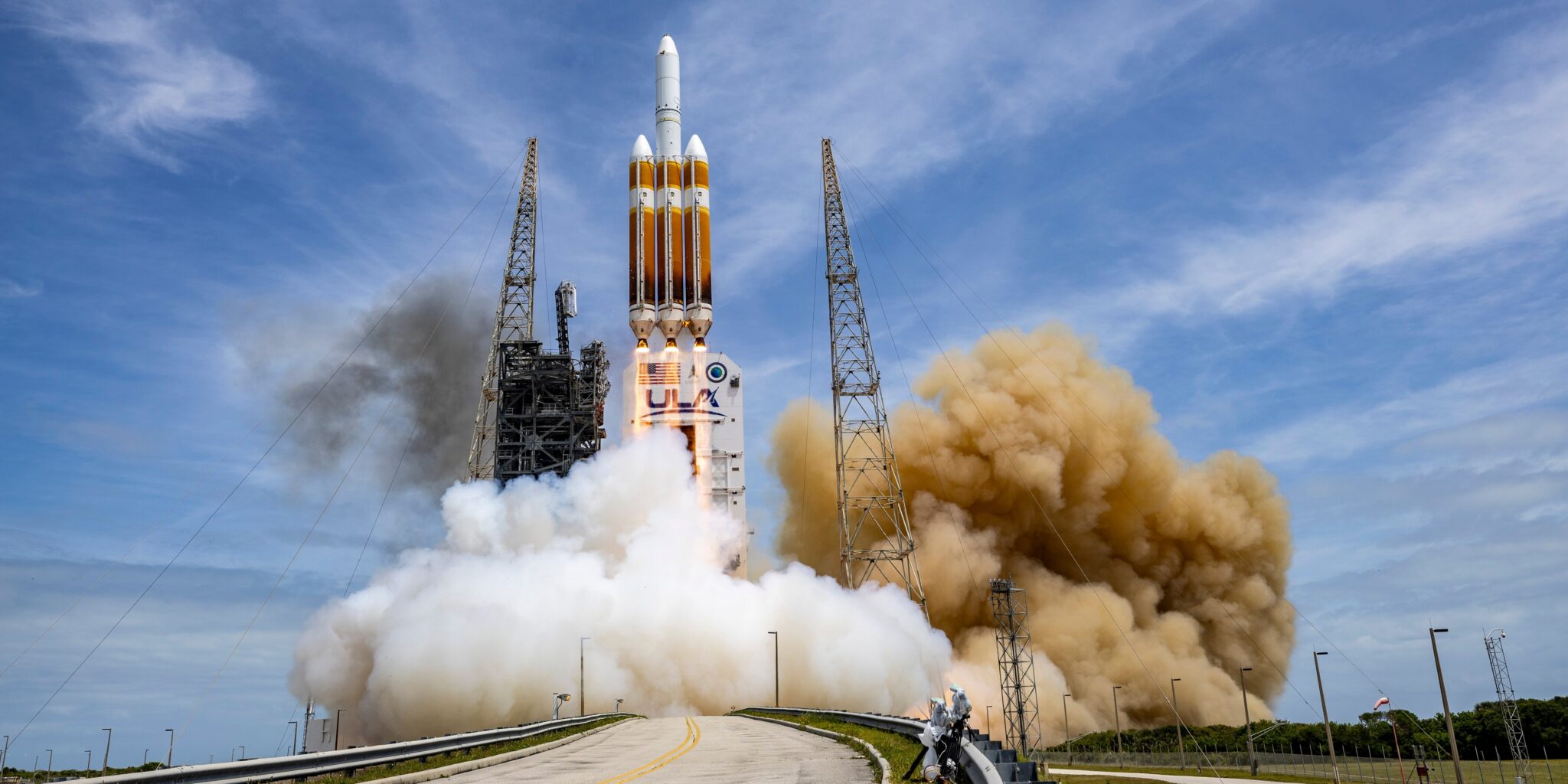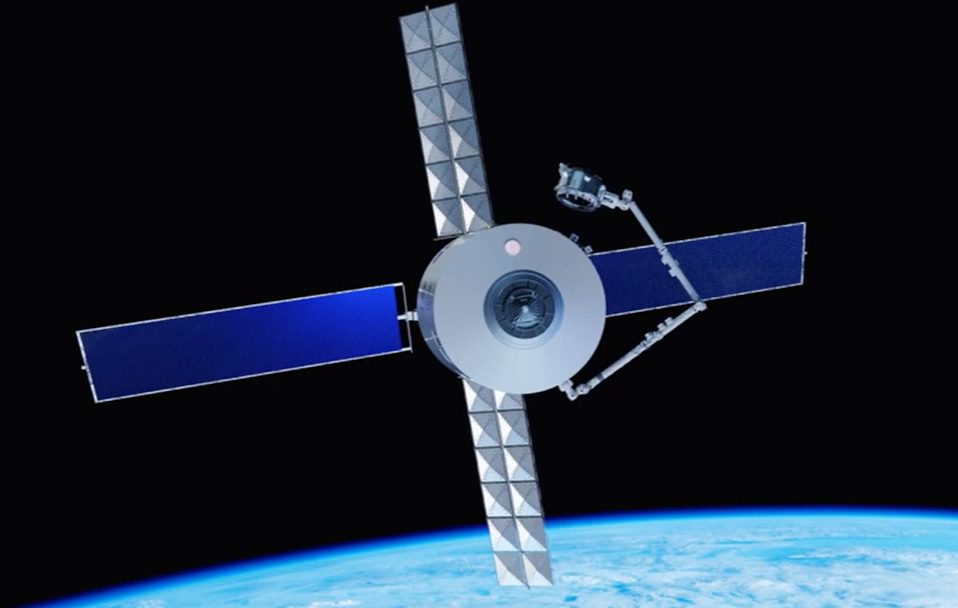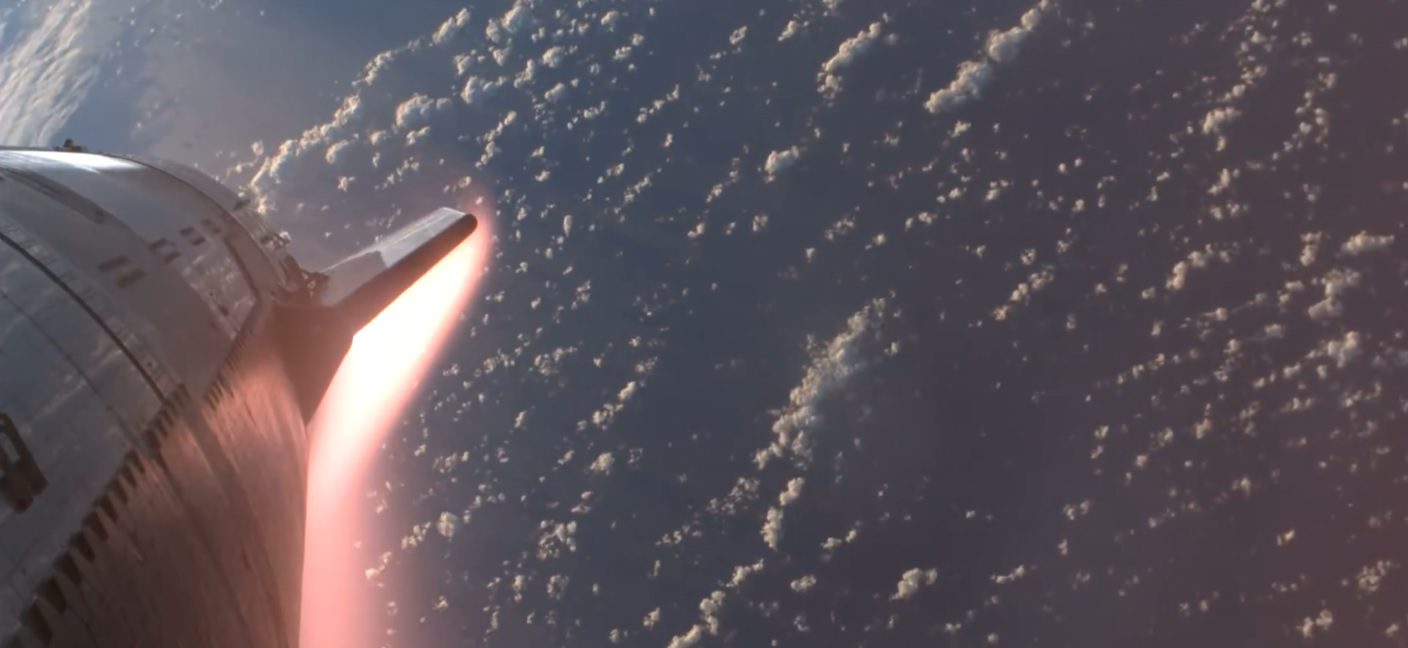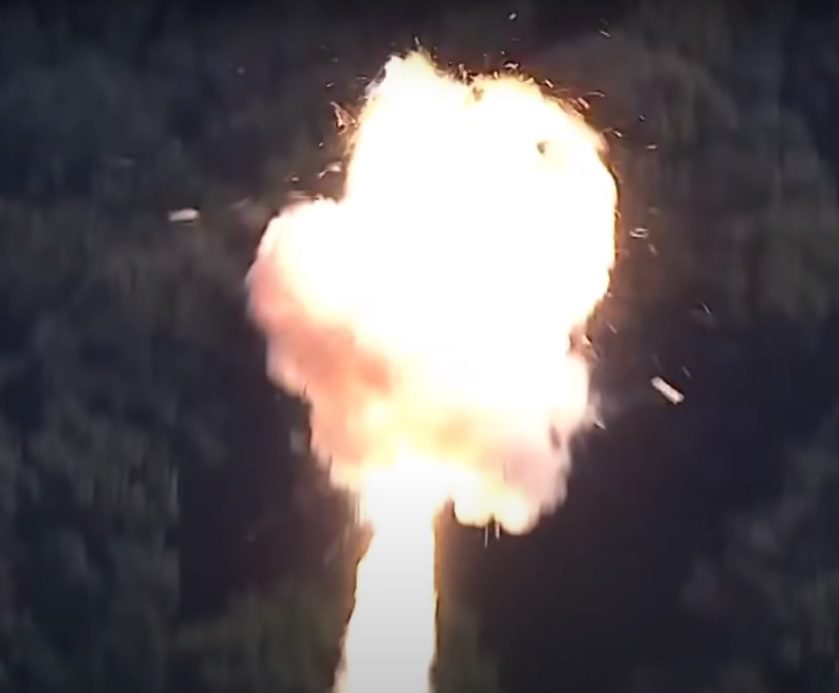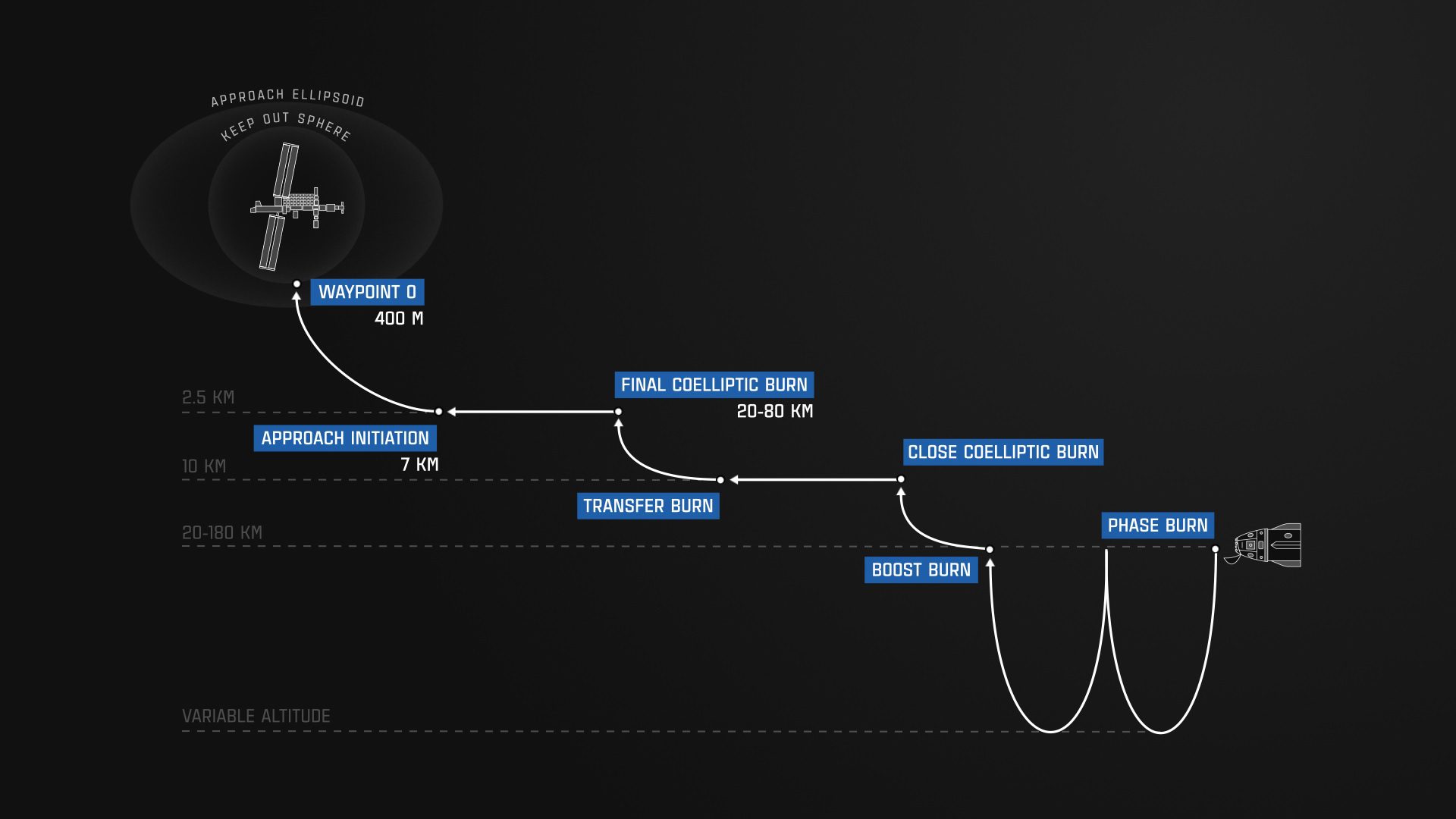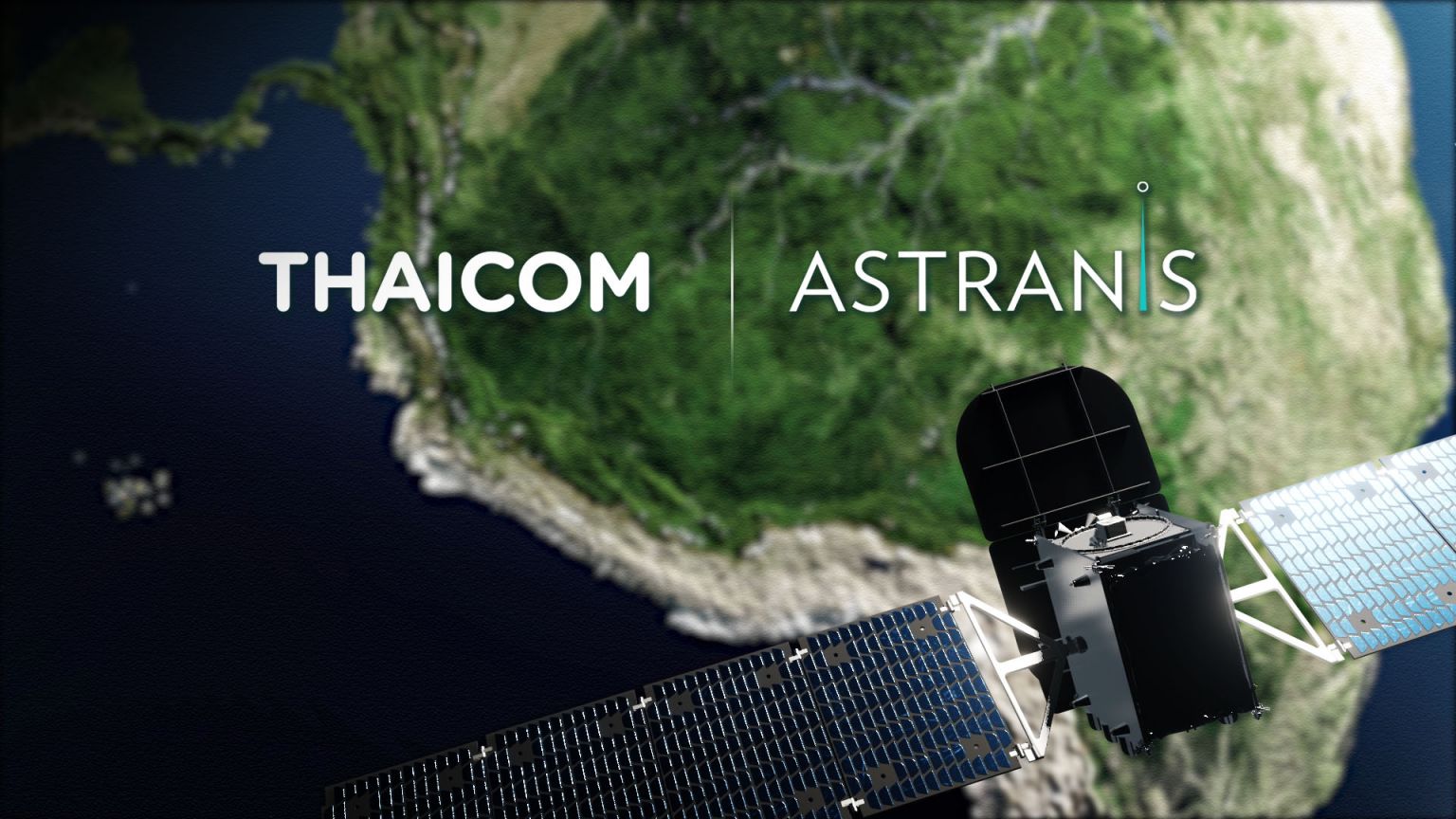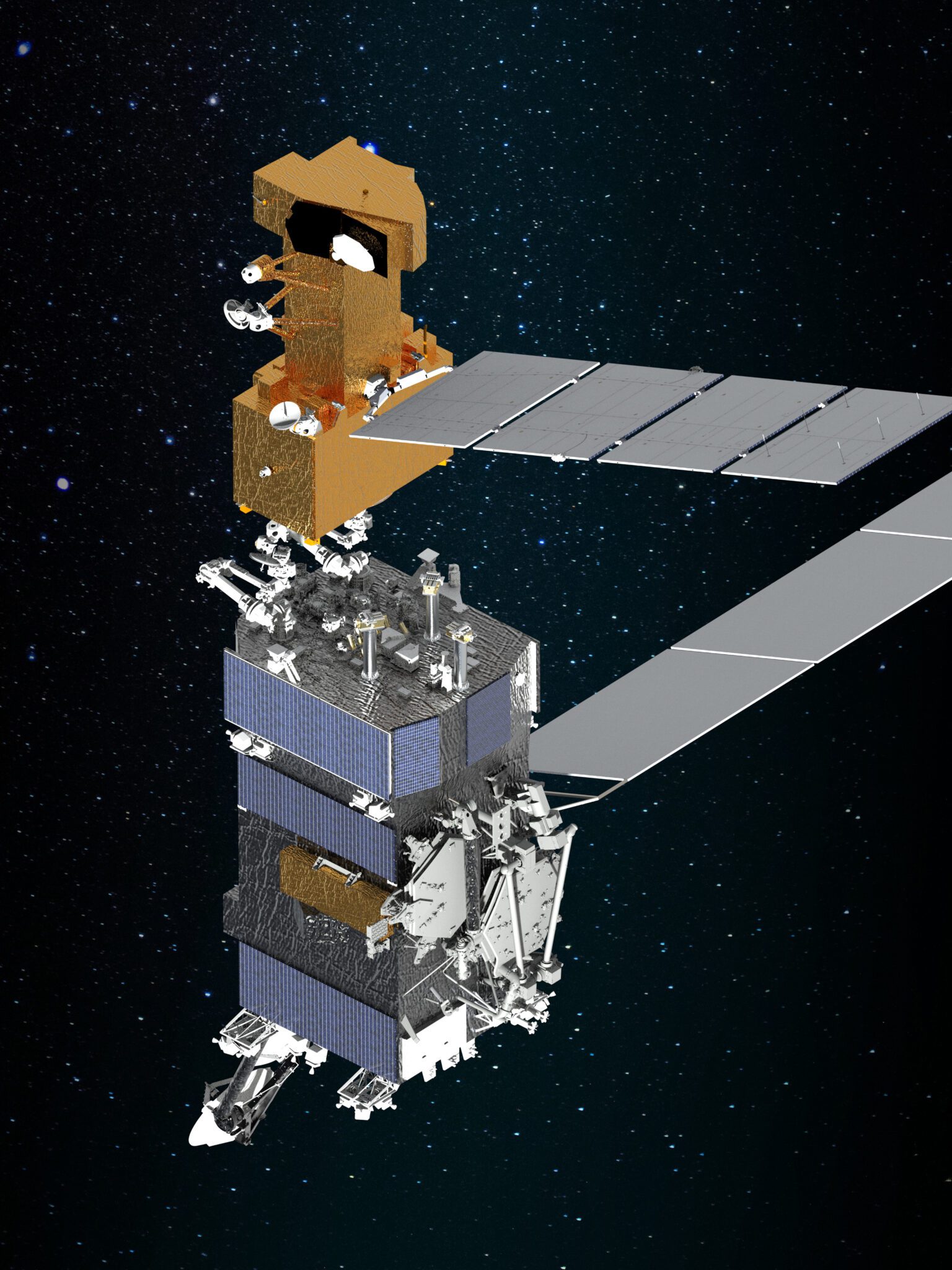A Russian Meridian 7 military/government communications satellite, which is designed specially to provide services to high latitudes, was launched by a Soyuz 2-1A/Fregat M launch vehicle at 0143 GMT from the Baikonur Cosmodrome, near Tyuratam in Kazakhstan. The inclined elliptical “Molniya” orbit achieved, 39,750 x 968km at 62.8 degrees inclination, has a very long period allowing the spacecraft to “hang” above the Northern latitudes for several hours a day. This region is difficult to serve using conventional geostationary communications satellites given the reach limitation to their signal footprint. Thus Meridian satellites allow users in the polar region to receive communications via omni-directional receivers.
According to RussianSpaceweb.com the launch had been delayed after a rail carriage carrying the Fregat M upper stage to a fuelling station at the launch site had been derailed in early October which necessitated extra checks on the stage.
Comment: This launch rounded off a very rushed week for world orbital launches in late October with five launches in five days, albeit that one – Antares 130 carrying Cygnus Orb-3 – was unsuccessful. The satellite launched in this case, will provide primarily military communications in the Arctic, a region which is becoming especially important in light of the territorial claims that various nations, including Russia, has on it and its suspected oil wealth. NATO reports that Russia has been making several probing military aircraft flights in recent months especially around Scandinavia, the Baltic and the North Sea.
Such is the “new Cold War” tension that when a Latvian-registered civil aircraft lost communications with ground control as it headed towards London on 29 October, a pair of RAF Typhoon jet fighters were rapidly sent to intercept the twin turboprop aircraft. Radio transmissions recorded at the time have the RAF pilots threatening to shoot the aircraft down if it did not follow them to Stansted Airport. In going “supersonic” in their pursuit, the RAF fighters caused reported a sonic boom to be heard over Kent, Southern England. By the way, one of the reason that fighter jets still carry cannon-machine guns (for cost reasons they were nearly left off RAF Typhoons) is that they can be used for “warning shots” against such straying aircraft, whereas missiles always go for the kill.

